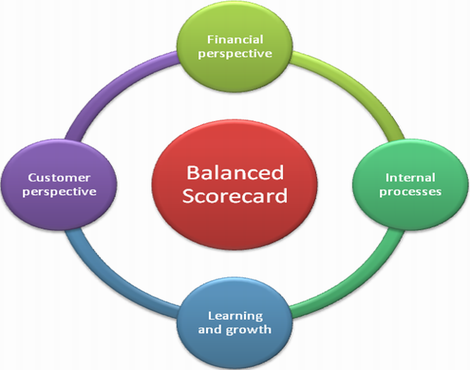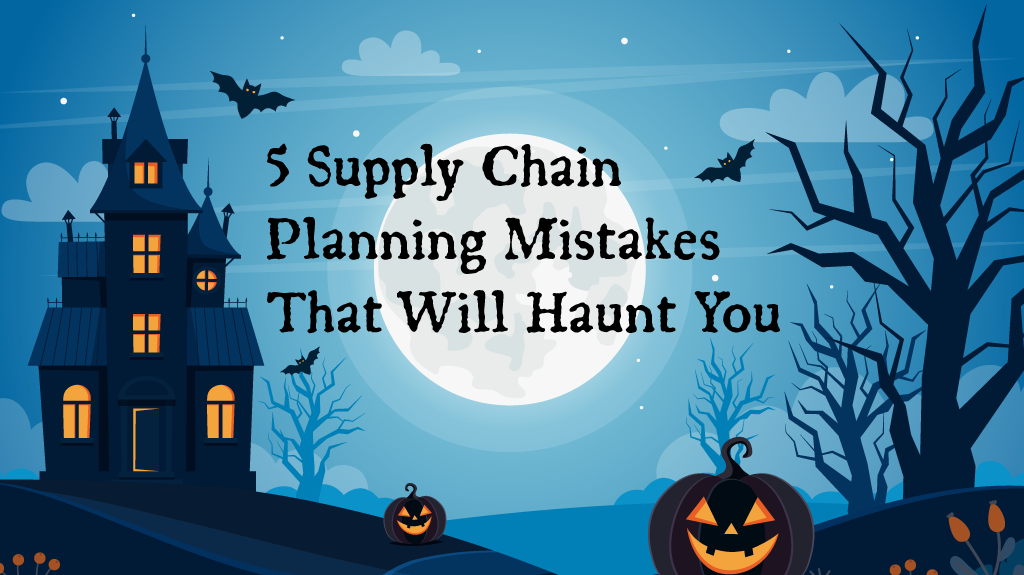In my last post, I discussed how one should approach the calculation of ROI for a Supply Chain Planning Project. I provided some general guidelines on tangible versus intangible benefits, and also mentioned what to include or exclude in your final ROI calculations to be presented to management. In this post, I will discuss an approach that I learned from a book. It has been a while since I read the book and I cannot find my copy at this moment, so I will go by memory and call this the balanced scorecard approach to ROI.
Let us start with the basics on the balanced scorecard approach. You can read about it in great detail on the web. The originators of this idea suggested that one should take a balanced view of things when it comes to process improvements. In particular, they decried focusing solely on financial benefits and instead suggested looking at four different areas to balance things out. The four areas they highlight are:
- Customer service – How is the change going to benefit the customer? Will this result in higher customer service thereby making them repeat customers.
- Financial – How are the numbers going to be affected? Will revenue go up? Will costs come down?
- Internal Processes – Will we improve any internal processes? Will we do things faster? Will we eliminate wasteful steps? Will this better prepare us for the future?
- Employee learning and growth – Will there be learning and growth opportunities for employees leading to happier employees and therefore better retention and hiring?
 With the exception of financial improvements which are almost always tangible benefits, all others in the list above could potentially fall under both tangible and intangible. For example, higher levels of customer service can result in more loyal customers. This means they will likely come back to buy more often. Is this tangible or intangible ROI? On the surface, it seems intangible. But, one could quantify the cost of acquiring a new customer and after applying some analytical thinking, convert this intangible into a tangible ROI.
With the exception of financial improvements which are almost always tangible benefits, all others in the list above could potentially fall under both tangible and intangible. For example, higher levels of customer service can result in more loyal customers. This means they will likely come back to buy more often. Is this tangible or intangible ROI? On the surface, it seems intangible. But, one could quantify the cost of acquiring a new customer and after applying some analytical thinking, convert this intangible into a tangible ROI.
As an example, let us consider a demand planning project. The business wants to invest in a statistical and collaborative forecasting package to improve future sales forecasts. Applying the balanced scorecard approach, a business might list the following benefits.
Customer Service: By better forecasting, the business will be able to have the right product available for the customer in the right place at the right time. This will avoid stock outs on items that customers expect from us. This will result in better service, and therefore more satisfied and loyal customers.
Financial: The business will avoid holding too much inventory on the wrong products. This will result in reduction of inventory costs. Also, by having the right inventory, costs to transship across locations or for expedited shipments can be avoided. This results in both a one time, as well as, on-going quantifiable ROI for the business.
Internal Processes: The business might be able to better define a process that eliminates time being spent on categories where the impact of improvement is marginal at best. By defining a process of focusing on bigger improvement areas, the business might improve internal processes to create maximum impact while reducing the overall effort.
Employee learning and growth: Through the implementation of a modern demand planning process, the business might help educate her employees towards best practices in modern demand planning. The planners might benefit from the training opportunities provided by the vendor which might incorporate best practices from a variety of industries.
An analysis like above might result in a matrix of savings which will be a mix of tangible and intangible ROI. This might look like the table below. The table is a schematic only and the entries in bold are examples of tangible ROI.
Having compiled a matrix like the one above, the sponsor of the project can then decide which ones to include in the final presentation to the management.
As you can see, the balanced scorecard framework does provide a way to think through the different types of ROIs possible. This results in a much more substantial list of benefits. Even when it does not, it allows the practitioner to develop the thinking needed to defend their ROI analysis.
What do you think? Did I miss something important? Have you used this approach before? Let me know.
Related posts:
Like this blog? Please share with colleagues and also follow us on LinkedIn or Twitter and we will send you notifications on all future blogs.






